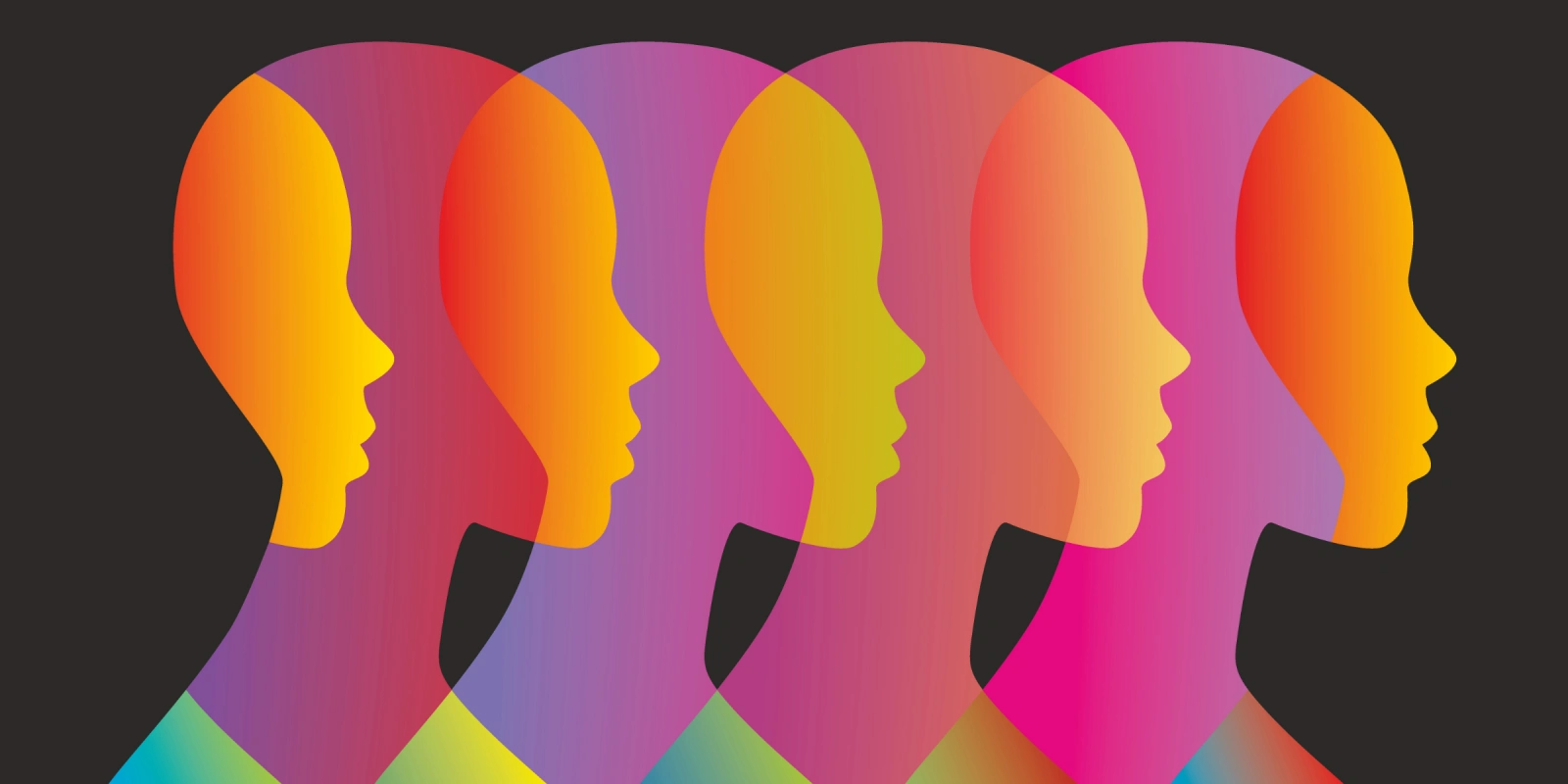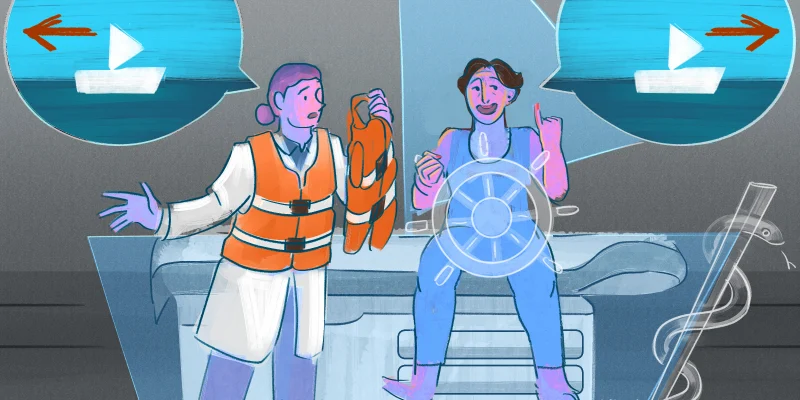In health care, we spend much of our time interacting with people. Yet in an odd sort of paradox, the more people we see and the more responsibilities on our plates, the more we find that the capacity for deep connection eludes us. I felt this the most when I started clinical rotations. As the weeks passed, the tension between emotion and rationality grew. On the one hand, forging a deep connection with patients kickstarted a positive feedback loop of sorts. I felt motivated to do whatever it took to do right by them, to make them feel comfortable and seen. On the other hand, when a patient list ballooned from 10 to 20 patients overnight, that level of connection seemed not only impossible, but also slightly frivolous. If, on morning rounds, the patient in Room 114 reminded me of my grandmother, the subsequent emotions would threaten the very efficiency that drove rounds. And what I wanted to do for her might not be as replicable for the 19 other patients on the service.
At times, it feels that we as clinicians are stuck between a rock and a hard place. We are responsible for caring for our patients in their most vulnerable moments as part of the “art” of medicine. At the same time, medicine is a science, and emotions that threaten our capacity to be objective pose a real threat to this practice. But if we dissociate too much, to the point where something like a traumatic amputation becomes a “cool case,” we risk completely dehumanizing the patient. What, then, is the ideal balance of emotions in medicine? One that allows us to be both emotionally present yet remain scientifically rigorous?
There are many different schools of thought regarding the role of emotions in our daily lives. The Stoics, for instance, suggested that we should be able to step outside of our emotions and view them from a place of rationality, effectively separating the subjective and objective. Conversely, Aristotle saw emotions as intrinsically human, not to be escaped. Yes, they could threaten to impair our judgment, but they could also be subjected to reason. The famous theologian Augustine saw emotions as byproducts of the experience of free will.
These perspectives each have their own nuances, but there is a certain constant in all of them: Emotions are powerful communicators of a subjective experience. Striving to eliminate them invalidates our subjective experiences. We should instead seek to understand the message coming from within and act accordingly. In other words, between reacting immediately to the volatility of one's emotional experience and ignoring it completely, there is an option in between.
In medicine, we must constantly reflect on the question: If someone was taking care of us on some of the worst days of our lives, would we want them to be emotionally removed? For most of us, I think the answer is no. But we also wouldn’t want them to be so emotionally distraught that they couldn’t think clearly and critically about the realities of our situation. Thus, it may be most effective to understand emotional regulation as a skill to be practiced as much as anything else in medicine. Every time we walk into a patient’s room, we practice history taking. Every time we enter an OR, we might practice suturing, and every time we talk to a patient, we should practice emotional engagement. On our end, we learn the degree to which we emotionally open up, and from the patient’s side, we learn how much weight their emotions will have in our clinical decision-making.
Of course, this is a grossly unsatisfying answer. As humans, we tend toward extremes. Just as we like being told to either eat as much sugar as we like or none at all, we want to be told to be emotionally vulnerable or not at all. To eat sugar in moderation or to emotionally engage in moderation is an incredibly difficult task that requires a high degree of nuance and attention compared to the black and white alternatives at our disposal.
Now, when I find myself in a situation with a patient who elicits certain emotions, I take a step back. Reflecting on why I might be feeling that way is a task best saved for later. But for that moment, my responsibility is to assess and address the patient as a human being, holding myself steady against the waves of emotions as they pass.
When a patient seems to be holding back, I find that taking a step closer to slow down and engage with them emotionally is one of the most important things we can do as physicians. To be with a patient, to show them that someone is willing to meet them at the depth of their suffering and will stay the course with them as they heal is one of the most powerful things we can do for someone. In a sense, emotional engagement can sometimes transcend whatever physical things we can do for the patient, who may be isolated in their suffering or from their own emotions.
Ultimately, as physicians, understanding the weights of emotional balance is as important a task as any other. Just as we consider how to explain things medically to a patient before we enter their room, we should also be prepared to be an emotional tabula rasa for our patients. By allowing the patient’s emotions to hold their requisite weight, we can heal in more ways than one.
How do you manage your emotions in medicine? Share in the comments!
Neha Sahota is a second-year medical student at USC Keck. Outside of medicine, she likes to read, travel, and try new coffee shops. You can find her here on LinkedIn. Neha Sahota was a 2024–2025 Doximity Op-Med Fellow.
Image by Eva Almqvist / Getty







